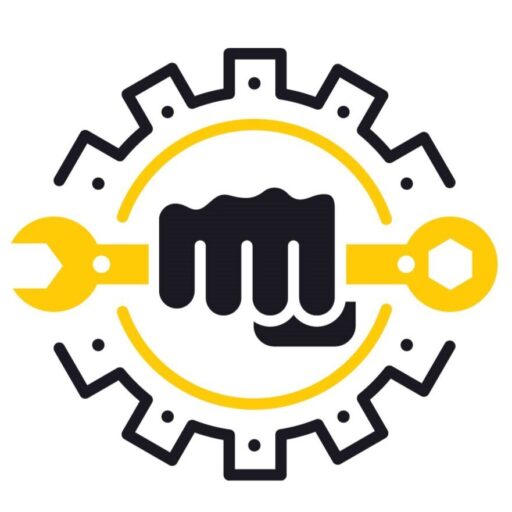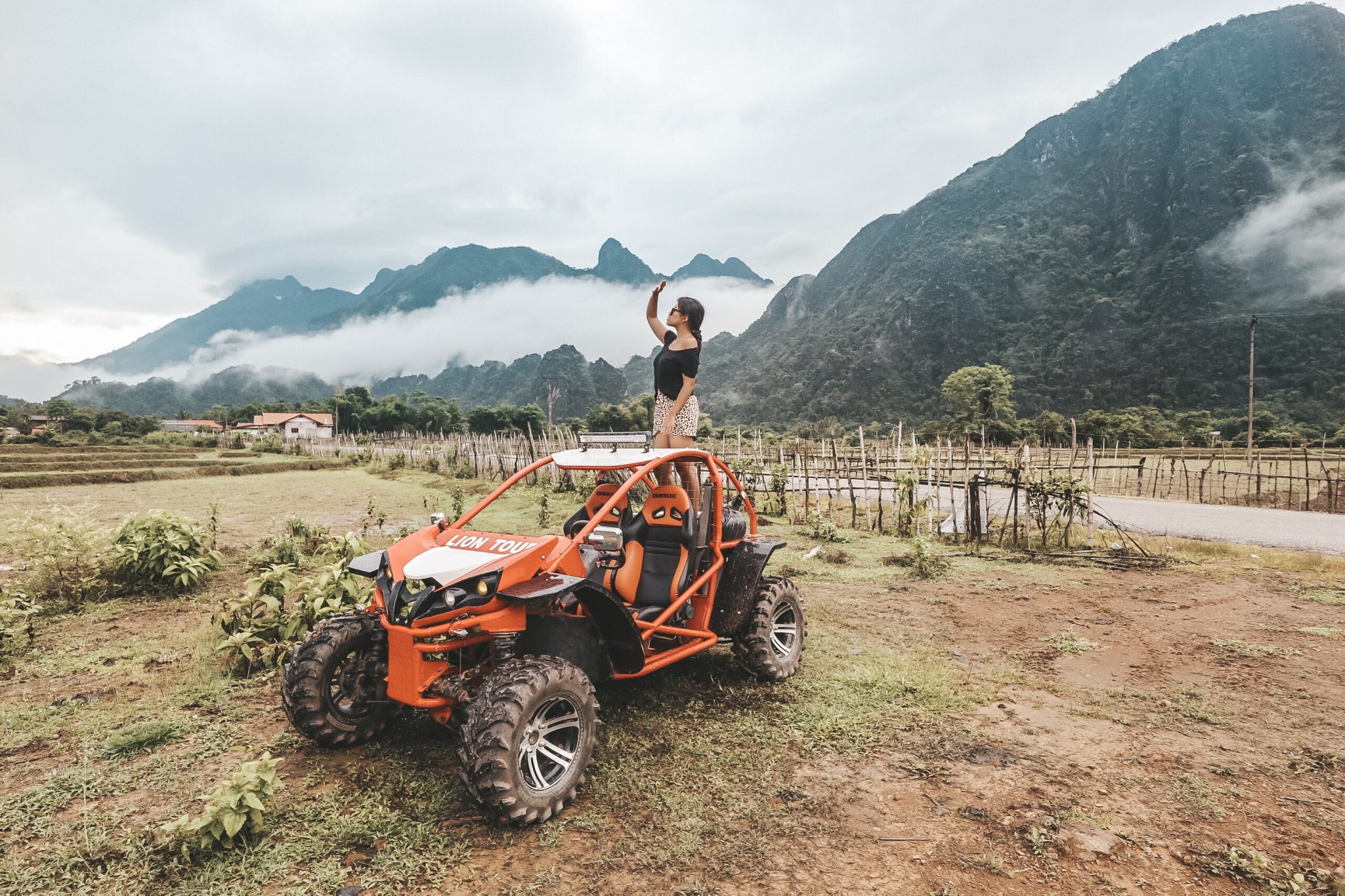Are you facing issues with your Kayo ATV? Don’t worry you’re not alone!
In this guide, we’ll dive into 10 common Kayo ATV problems and their simple fixes.
From starting issues to performance hiccups, we’ve got you covered with easy solutions to keep your ATV running smoothly. Let’s make your riding experience hassle-free!
Kayo ATV Problems (Short Overview)
Kayo ATVs can face common problems like difficulty starting, engine stalling, or unusual noises while riding.
These issues often come down to things like low battery, dirty filters, or loose parts.
Regular maintenance and quick fixes can easily solve these problems and get you back on your adventure fast!

Read 10 Common Problems With Fixes In Easy Ways…
1. Engine Won’t Start
When your Kayo ATV engine won’t start, it can be frustrating and stop you from enjoying your ride.
Causes
- Dead or weak battery
- Dirty fuel filter or lines
- Malfunctioning spark plug
Fixes
- Check and recharge or replace the battery
- Clean or replace the fuel filter and lines
- Inspect and replace the spark plug if needed
2. Battery Drains Quickly
One common issue with Kayo ATVs is the battery draining too fast, which can leave you stranded unexpectedly.
Causes
- Loose or corroded battery connections
- Leaving electrical components, like lights or ignition, on
- A weak or aging battery
Fixes
- Check and tighten all battery connections
- Turn off lights and other electronics when not in use
- Replace the battery if it’s old or not holding a charge
3. Clutch Malfunction
A common issue with Kayo ATVs is clutch malfunction, which can cause problems with gear shifting or loss of power.
Causes of Clutch Malfunction
- Worn-out clutch plates from regular use.
- Incorrect clutch cable adjustment.
- Dirt or debris interfering with clutch operation.
Fixes for Clutch Malfunction
- Replace damaged or worn clutch plates.
- Adjust the clutch cable for proper tension.
- Clean and inspect the clutch system regularly.
4. Excessive Vibrations
Experiencing excessive vibrations is a common issue with Kayo ATVs and can make your ride uncomfortable.
Causes of Excessive Vibrations
- Loose or improperly tightened bolts
- Tires that are out of balance
- Worn or damaged engine mounts
Fixes for Excessive Vibrations
- Regularly check and tighten all bolts on your ATV.
- Balance the tires to ensure smooth rides.
- Inspect and replace engine mounts if they are worn or damaged.
5. Transmission Issues
Transmission problems are a common concern for Kayo ATV owners and can affect performance and reliability.
Riders may notice issues like difficulty shifting gears, slipping, or strange noises while riding.
Causes of Transmission Issues
- Low or dirty transmission fluid
- Worn-out gears or clutch plates
- Improper handling or lack of maintenance
Fixes for Transmission Issues
- Check and refill transmission fluid regularly
- Replace worn-out components like gears or clutches
- Schedule routine maintenance and follow the manufacturer’s guidelines
6. Overheating Engine
One common problem with Kayo ATVs is the engine overheating, which can cause serious damage if not addressed.
Causes of Overheating
- Faulty or clogged radiator
- Low coolant levels
- Dirt buildup in cooling fins
- Excessive riding in hot weather
Fixes for Overheating
- Check and clean the radiator regularly
- Refill or replace coolant as needed
- Keep the cooling system free from dirt and debris
- Avoid overloading the ATV in extreme heat
7. Brake Failure
Brake failure is one of the common problems Kayo ATV owners might face.
Causes of Brake Failure
- Worn-out brake pads
- Low or leaking brake fluid
- Air bubbles in the brake lines
- Damaged brake components
Fixes for Brake Failure
- Replace worn brake pads with new ones.
- Check and refill brake fluid, ensuring there are no leaks.
- Bleed the brake lines to remove any trapped air.
- Inspect and repair any damaged brake parts.
8. Fuel Leaks
Fuel leaks are a common issue with Kayo ATVs that can lead to performance problems and even safety risks.
Causes:
- Cracked or worn-out fuel lines
- Loose fuel tank caps or connections
- Damage to the fuel tank itself
Fixes:
- Inspect and replace damaged fuel lines
- Tighten any loose connections or caps
- Repair or replace the fuel tank if cracks are found
9. Suspension Problems
Having trouble with your Kayo ATV’s suspension? A faulty suspension can lead to a rough, bumpy ride and poor handling, especially on uneven terrain.
Issues like worn-out shocks, loose bolts, or improper adjustments are common causes that affect performance.
Causes
Suspension problems often stem from worn-out shock absorbers, incorrect alignment, or damaged springs. Regular off-road use can also loosen components over time.
Fixes
To fix suspension issues, check and tighten all bolts, inspect shocks for wear, and replace damaged parts. Proper maintenance and regular adjustments can keep your ATV running smoothly on any trail.
10. Unresponsive Throttle
One common issue with Kayo ATVs is an unresponsive throttle, which can affect performance and safety. This problem often makes it hard to control the speed, leaving your ride frustrating and unpredictable.
Causes
An unresponsive throttle can be caused by dirt or debris in the throttle cable, a malfunctioning throttle sensor, or a worn-out cable. Lack of maintenance and exposure to tough conditions can also contribute to this issue.
Fixes
To fix this, start by cleaning or inspecting the throttle cable for any blockages. Replace damaged cables or faulty sensors if needed. Regular maintenance, including cleaning and lubricating the throttle system, can prevent this problem from happening again. Always consult your Kayo ATV manual for proper guidance.
FAQs
Are Kayo ATVs made in China?
Yes, Kayo ATVs are manufactured in China. The brand was founded in 2002 with a focus on producing high-quality off-road vehicles. Over the years, Kayo has gained a strong reputation for delivering durable and reliable ATVs that cater to both beginners and experienced riders.
How fast is a Kayo 180 Storm?
The Kayo 180 Storm can reach a top speed of approximately 40 to 45 miles per hour, depending on rider weight, terrain, and other factors. Its performance is powered by a 180cc engine, making it a great choice for riders seeking a balance between speed and control.
What is the difference between Kayo Bull 150 and 180?
The main differences between the Kayo Bull 150 and Kayo Bull 180 lie in their engine sizes and power output. The Kayo Bull 150 is equipped with a 150cc engine, while the Kayo Bull 180 features a slightly larger 180cc engine, offering more power and speed. Additionally, the Bull 180 tends to have enhanced features such as improved suspension and build quality, making it better suited for more demanding terrains. Both models, however, offer reliable performance and are designed for recreational use.


